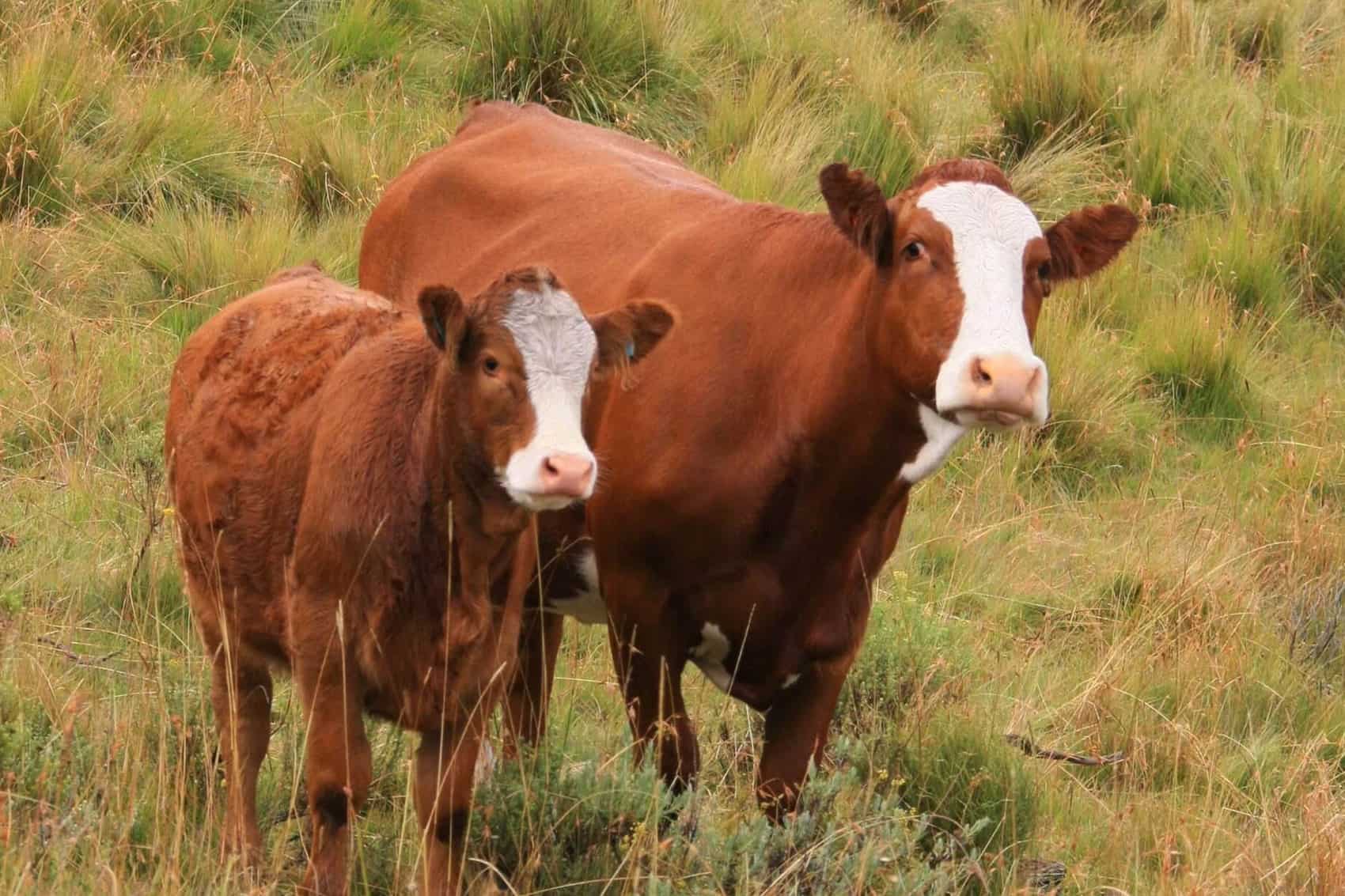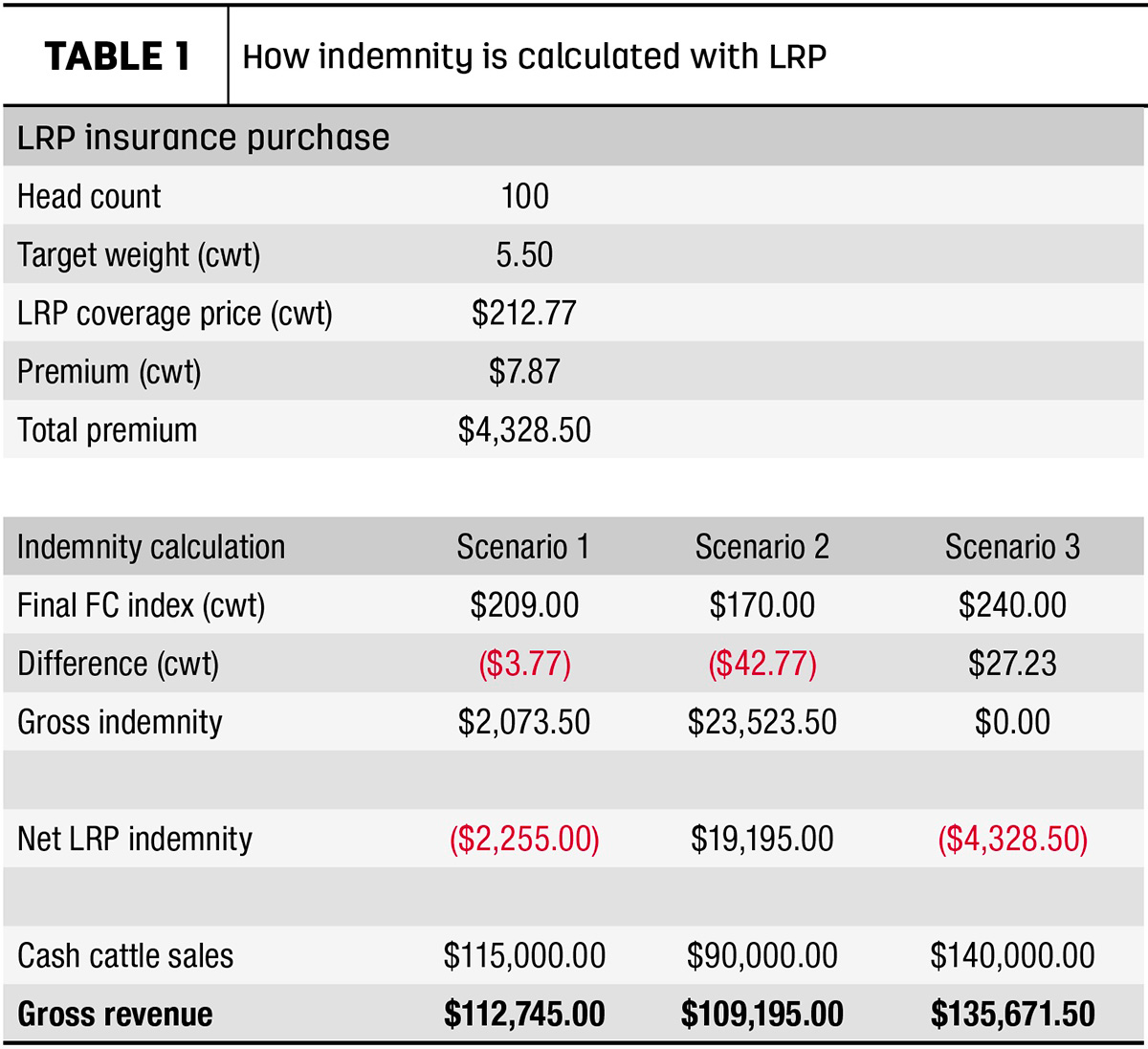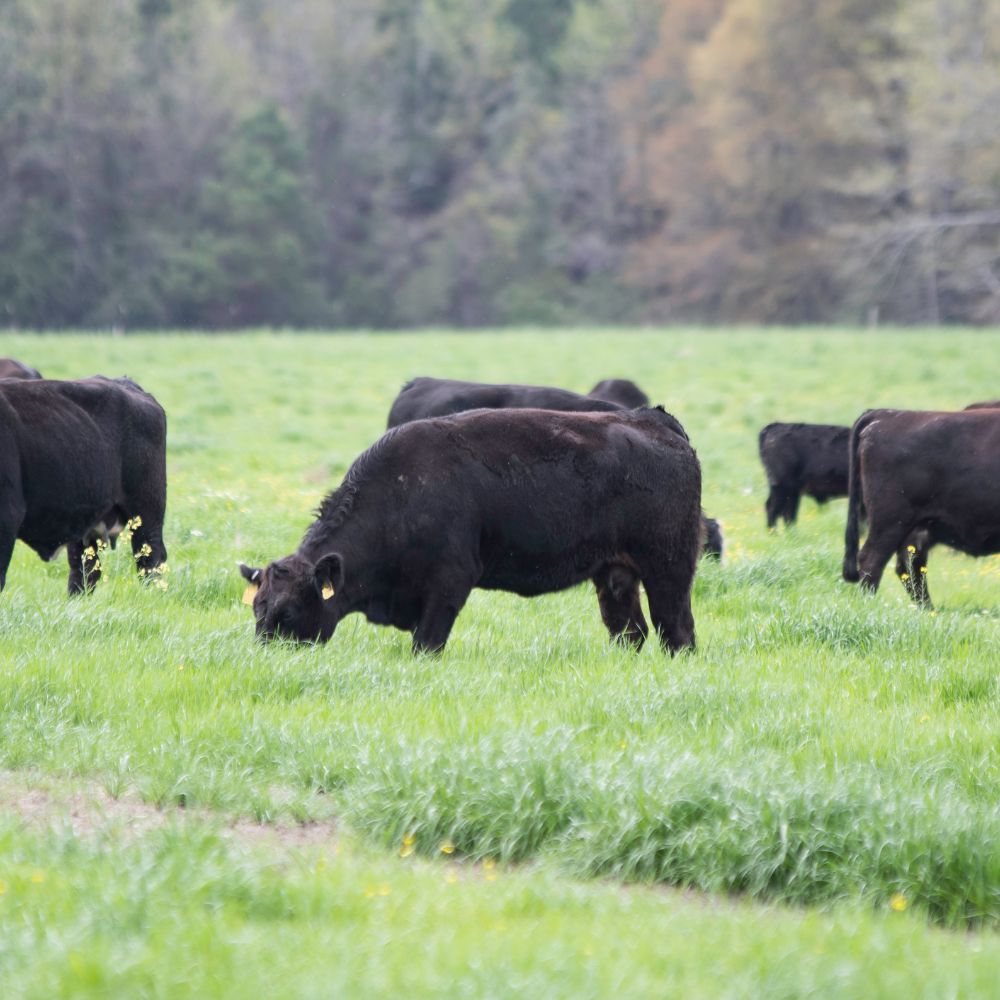Bagley Risk Management Solutions: Your Guard Against Uncertainty
Bagley Risk Management Solutions: Your Guard Against Uncertainty
Blog Article
Comprehending Livestock Threat Security (LRP) Insurance Policy: A Comprehensive Guide
Browsing the realm of animals danger protection (LRP) insurance can be an intricate endeavor for numerous in the farming market. From how LRP insurance policy functions to the various coverage options available, there is much to uncover in this thorough guide that can potentially form the way animals manufacturers approach threat management in their companies.

How LRP Insurance Policy Functions
Occasionally, understanding the auto mechanics of Livestock Danger Security (LRP) insurance coverage can be intricate, but damaging down just how it functions can supply clarity for farmers and breeders. LRP insurance policy is a danger management device designed to protect livestock manufacturers versus unforeseen cost declines. It's crucial to note that LRP insurance is not an earnings guarantee; rather, it concentrates entirely on cost risk defense.
Qualification and Insurance Coverage Options

When it comes to coverage options, LRP insurance uses manufacturers the versatility to choose the coverage degree, coverage duration, and endorsements that finest fit their risk monitoring needs. By recognizing the eligibility standards and protection alternatives readily available, livestock producers can make educated choices to manage threat effectively.
Pros and Disadvantages of LRP Insurance Policy
When evaluating Animals Danger Security (LRP) insurance coverage, it is vital for livestock manufacturers to consider the negative aspects and benefits fundamental in this threat monitoring tool.

One of the primary benefits of LRP insurance is its capacity to offer defense versus a decrease in animals prices. Additionally, LRP insurance supplies a level of versatility, allowing manufacturers to customize protection levels and policy durations to suit their certain needs.
One restriction of LRP insurance is that it does not secure against all kinds of dangers, such as condition outbreaks or natural calamities. It is important for producers to carefully assess their individual risk direct exposure and economic scenario to establish if LRP insurance policy is the ideal risk administration device for their operation.
Understanding LRP Insurance Coverage Premiums

Tips for Taking Full Advantage Of LRP Benefits
Making the most of the advantages of Livestock Risk Defense (LRP) insurance requires critical planning and proactive risk management - Bagley Risk Management. To take advantage of your LRP protection, take into consideration the adhering to pointers:
Routinely Assess Market Problems: Remain informed concerning market trends and rate fluctuations in the animals sector. By checking these factors, you can make enlightened choices regarding when to purchase LRP coverage to protect versus prospective losses.
Set Realistic Protection Levels: When choosing insurance coverage degrees, consider your manufacturing expenses, market price of livestock, and prospective dangers - Bagley Risk Management. Setting practical coverage levels makes certain that you are properly protected without overpaying for unnecessary insurance coverage
Diversify Your Coverage: Rather than counting only on LRP insurance, think about expanding your threat administration approaches. Combining LRP with official statement various other risk administration devices such as futures agreements or alternatives can supply extensive protection against market uncertainties.
Evaluation and Change Protection On a regular basis: As market conditions alter, regularly examine your LRP insurance coverage to ensure it aligns with your present threat direct exposure. Readjusting insurance coverage levels and timing of acquisitions can assist enhance your risk defense strategy. By adhering to these pointers, you can make the most of the advantages of LRP insurance coverage and secure your animals operation versus unpredicted risks.
Final Thought
Finally, livestock threat security (LRP) insurance policy is a beneficial device for farmers to handle the monetary risks related to their livestock procedures. By recognizing exactly how LRP works, eligibility and protection choices, as well as the advantages and disadvantages of this insurance, farmers can make enlightened choices to safeguard their livelihoods. By meticulously thinking about LRP premiums and carrying out approaches to make best use of advantages, farmers can alleviate possible losses and make certain the sustainability of their procedures.
Animals producers interested in getting Livestock Threat Defense (LRP) insurance coverage can discover an array of qualification standards and coverage options tailored to their particular animals operations.When it comes to insurance coverage options, LRP insurance policy offers manufacturers the adaptability to choose the insurance coverage degree, insurance coverage period, and recommendations that best suit their risk administration requirements.To realize the details of Animals Threat Defense (LRP) insurance policy totally, comprehending the variables affecting LRP insurance premiums is vital. LRP insurance costs are determined by various elements, consisting of the useful site insurance coverage level selected, the anticipated rate of animals at the end of the protection duration, the type of livestock being insured, and the size of the protection period.Evaluation and Change Insurance Coverage Consistently: As market conditions alter, regularly examine your LRP coverage to guarantee it aligns with your present danger direct exposure.
Report this page